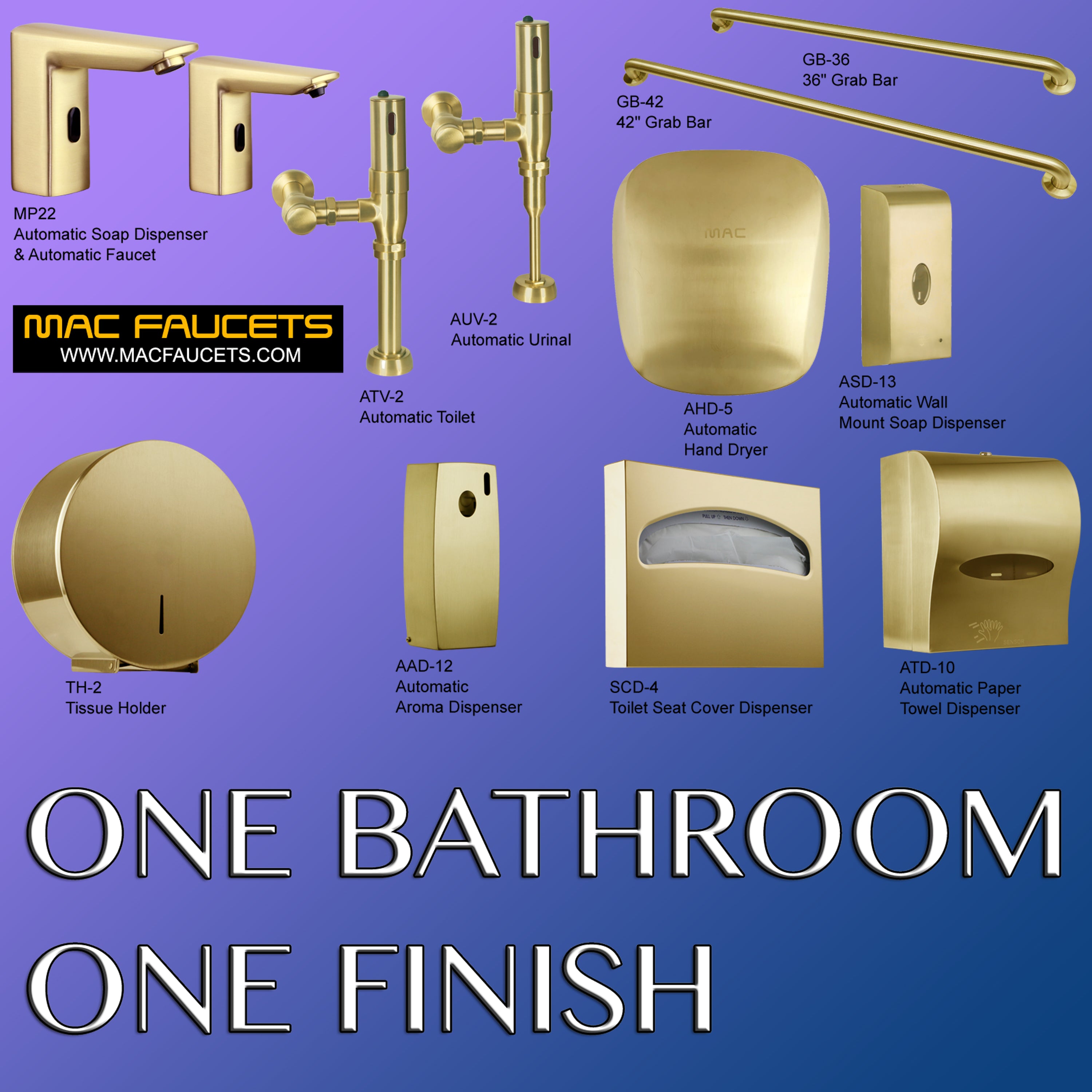In today’s modern homes and commercial spaces, technology continues to transform daily experiences, and one such innovation is the rise of Electronic Faucets. These advanced faucets, also known as touchless or sensor-activated faucets, have redefined the way people interact with water in kitchens and bathrooms. Combining convenience, hygiene, and sustainability, electronic faucets are becoming a popular choice for both residential and commercial applications. In this article, we explore the key features, benefits, and considerations of electronic faucets.
How Do Electronic Faucets Work?
Electronic faucets utilize motion sensors to detect the presence of hands and activate the water flow without the need for physical contact. Infrared sensors are the most commonly used technology, though some faucets may use capacitive sensing. When a hand is placed near the sensor, the faucet automatically opens its valve, allowing water to flow. Once the hands are removed, the valve closes, shutting off the water.
The sensor is typically powered by batteries or an electric hand soap dispenser connection. Some models include built-in temperature controls or allow users to pre-set water temperature and flow preferences. The touch-free operation not only adds a layer of convenience but also plays a significant role in improving hygiene and reducing water wastage.
Benefits of Electronic Faucets
Improved Hygiene
One of the primary benefits of electronic faucets is their contribution to better hygiene. Since they are touchless, there is no need to handle faucet handles, which are often breeding grounds for bacteria and germs. This feature is particularly valuable in public restrooms and hospitals, where minimizing the spread of contaminants is a top priority. At home, electronic faucets can also help reduce cross-contamination, especially in the kitchen, where food preparation often involves handling raw meat and other materials that can carry bacteria.
Water Conservation
Electronic faucets are designed to help conserve water. Since the faucet only runs when it detects movement, it eliminates the problem of people forgetting to turn off the tap, resulting in water savings. Many electronic faucets also come with aerators that limit the water flow, further enhancing their eco-friendly attributes. This automatic shut-off mechanism ensures that water is only used when needed, making these faucets a sustainable choice for environmentally conscious homeowners and businesses.
Convenience and Accessibility
The touchless nature of electronic faucets makes them incredibly convenient to use. Whether your hands are full, dirty, or covered in soap, you can easily access water without the need for physical interaction with the faucet. This hands-free operation is especially helpful in households with children, the elderly, or people with disabilities, providing an accessible solution for all users. Additionally, electronic faucets can help reduce the wear and tear associated with manual faucets, extending their lifespan.
Considerations When Choosing an Electronic Faucet
While electronic faucets offer numerous advantages, there are some factors to keep in mind when deciding whether to install them.
Power Source
Most electronic faucets are powered by batteries or an AC power connection. Battery-powered faucets are easier to install and don’t require wiring, but the batteries will need to be replaced periodically. AC-powered faucets, on the other hand, require a nearby power outlet but offer more consistent and long-term operation without the need for battery changes.
Installation Costs
Electronic faucets typically come with higher upfront costs than traditional faucets due to their advanced technology. Additionally, professional installation may be required for those who opt for AC-powered models. However, the long-term savings in water consumption and the increased convenience often outweigh the initial investment.
Sensor Sensitivity
Not all electronic faucets are created equal when it comes to sensor sensitivity. Some cheaper models may struggle to detect hand movements accurately, leading to inconsistent water flow. It is advisable to invest in a reliable, well-reviewed faucet with adjustable sensors to ensure smooth and efficient operation.
To get a more comprehensive understanding, check out











